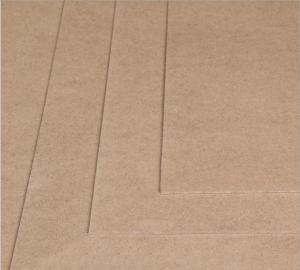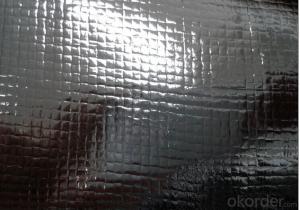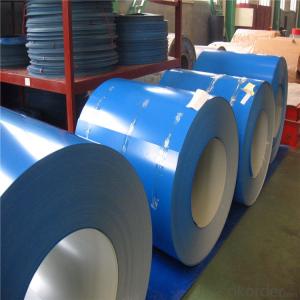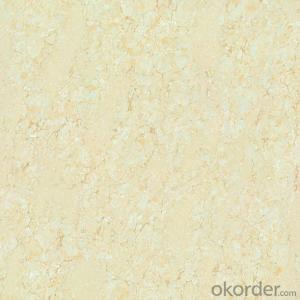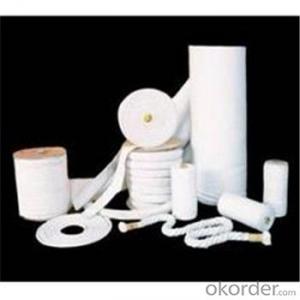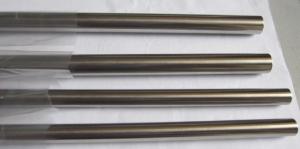Stainless Steel Heat Color
Stainless Steel Heat Color Related Searches
Best Paint For Stainless Steel Blanket Insulation For Steel Buildings Primer For Galvanized Steel Foam Filter For Stainless Steel H S Code For Stainless Steel Surface Grinding Wheels For Stainless Steel Surface Grinding Wheels For Hardened Steel Hole Saw For Stainless Steel Paint For Stainless Steel Stainless Steel For BbqHot Searches
Used Foam Board Insulation For Sale Magnesium Oxide Board For Sale Hdf Board For Sale sintra board for sale High Mast Light Price List Solar High Mast Light Specification Gypsum Board Price Per Sheet In India High Mast Light Specification High Density Mdf Board Suppliers 5 8 Type X Gypsum Board Price Stage Light Price Solar Inverter Fault Light Polyurethane Insulation Board Price Mdf Price Per Sheet Pre Laminated Board Price List 4Mm Mdf Sheet 1220X2440Mm Price Led Light Manufacturers Solar Inverter Pcb Board 6Mm Mdf Board Price 18Mm Ply Board PriceStainless Steel Heat Color Supplier & Manufacturer from China
Okorder.com is a professional Stainless Steel Heat Color supplier & manufacturer, offers integrated one-stop services including real-time quoting and online cargo tracking. We are funded by CNBM Group, a Fortune 500 enterprise and the largest Stainless Steel Heat Color firm in China.Hot Products
FAQ
- Type 409 and Type 410 stainless steel pipes are two different grades of stainless steel that have distinct characteristics and applications. Type 409 stainless steel is a ferritic stainless steel that contains a lower percentage of chromium compared to Type 410. It is primarily composed of iron, carbon, and up to 11% chromium. This composition gives Type 409 stainless steel good corrosion resistance in low-oxygen environments and moderate resistance to pitting and crevice corrosion. It is often used in applications where high-temperature oxidation resistance is not required, such as automotive exhaust systems, catalytic converter shells, and heat exchangers. On the other hand, Type 410 stainless steel is a martensitic stainless steel that contains a higher percentage of chromium (around 11-13%) and a small amount of nickel. This composition provides Type 410 stainless steel with excellent corrosion resistance and good mechanical properties. It is a general-purpose stainless steel that can be heat treated to achieve high strength and hardness. Type 410 stainless steel is commonly used in applications where corrosion resistance and/or wear resistance is required, such as cutlery, surgical instruments, valves, and pump parts. In summary, the main difference between Type 409 and Type 410 stainless steel pipes lies in their composition and resulting properties. Type 409 stainless steel is a ferritic stainless steel with good corrosion resistance in low-oxygen environments, while Type 410 stainless steel is a martensitic stainless steel with excellent corrosion resistance and higher strength and hardness. The choice between these two types of stainless steel pipes depends on the specific application requirements and the desired properties needed for that application.
- The weight of a stainless steel pipe depends on various factors such as its diameter, wall thickness, and length. Stainless steel pipes are generally denser than other materials due to their high iron and chromium content. To calculate the weight, one needs to know the specific dimensions of the pipe and consult a weight chart or use a formula. For example, the weight per foot of a stainless steel pipe can be calculated by multiplying the pipe's cross-sectional area (πr²) by its length and then multiplying it by the density of stainless steel.
- Yes, stainless steel pipes are suitable for underground irrigation systems. Stainless steel is highly resistant to corrosion, making it an excellent choice for installations that are exposed to moisture, soil, and other elements found underground. It provides durability and longevity, ensuring that the irrigation system remains functional and reliable for an extended period. Additionally, stainless steel pipes have high tensile strength, making them capable of withstanding the pressure and stress that can occur in underground installations. Overall, stainless steel pipes are a reliable and suitable option for underground irrigation systems.
- Indeed, stainless steel pipes prove themselves to be appropriate for the distribution of gas. Due to its exceptional durability and resistance to corrosion, stainless steel emerges as an excellent choice for transporting gases. Its ability to endure high pressures and temperatures guarantees the safe and effective distribution of gas. Moreover, stainless steel pipes boast a lengthy lifespan, diminishing the necessity for frequent replacements and subsequently reducing maintenance expenses. All in all, stainless steel pipes offer a trustworthy and secure resolution for gas distribution systems.
- Stainless steel pipes come in various finishes, each offering a distinct look and level of protection against corrosion. 1. The mill finish is the standard and least flashy option for stainless steel pipes fresh from the mill. Its surface is dull and lacks reflectivity, making it suitable for applications where appearance is not a priority. 2. The brushed finish, also known as satin finish, involves brushing the surface of the stainless steel pipe with a fine abrasive material. This creates a consistent linear grain pattern, giving the pipe a smooth and sophisticated appearance. 3. The mirror finish is achieved by polishing the stainless steel pipe to a highly reflective surface. It is often used in decorative applications, such as handrails and architectural elements, where a shiny and visually pleasing look is desired. 4. The polished finish is similar to the mirror finish, but it does not achieve the same level of reflection. It involves buffing the surface of the stainless steel pipe to a high shine. This makes it more suitable for industrial or commercial applications. 5. The satin finish, a type of brushed finish, has a low sheen and smooth texture. It provides a subtle and elegant appearance, commonly used in applications where a matte finish is preferred, like kitchen appliances or automotive parts. 6. The bead blasted finish is accomplished by subjecting the surface of the stainless steel pipe to high-pressure bombardment with small glass beads. This creates a uniform and non-directional texture, giving the pipe a frosted and matte look. The bead blasted finish is often used in architectural and decorative applications. These different stainless steel pipe finishes offer their own advantages and are selected based on specific requirements, such as aesthetics, corrosion resistance, and ease of maintenance.
- What's the difference between stainless steel seamless tube and stainless steel welded pipe?
- Stainless steel welded pipe is also a hollow section of steel, but it is welded through the plate into the steel pipe, so there is a welded steel pipe welding gap.
- Seamless stainless steel pipes are made by extruding a solid billet through a piercing rod to create a hollow tube, while ERW (Electric Resistance Welded) stainless steel pipes are formed by rolling a strip of steel into a tube and then welding the edges together using an electric current. The main difference is the manufacturing process, with seamless pipes having no welded seams, making them stronger and more suitable for high-pressure and high-temperature applications. On the other hand, ERW pipes are more cost-effective and commonly used for lower-pressure applications.
- What does "stainless steel pipe" DN mean?
- DN is nominal diameter, nominal diameter (or nominal diameter), that is, all kinds of pipe and pipe accessories of universal caliber. The pipes of the same nominal diameter can be connected with each other and are interchangeable. It is not the outer diameter or inner diameter of the pipe in actual sense, although its value is close to or equal to the diameter of the pipe;
